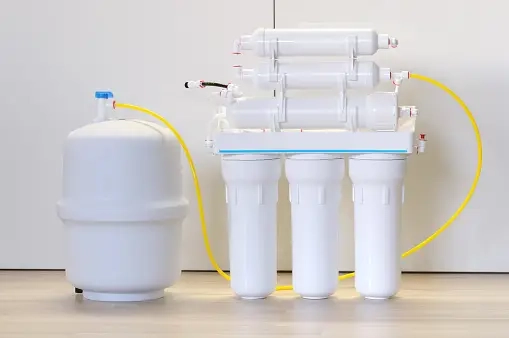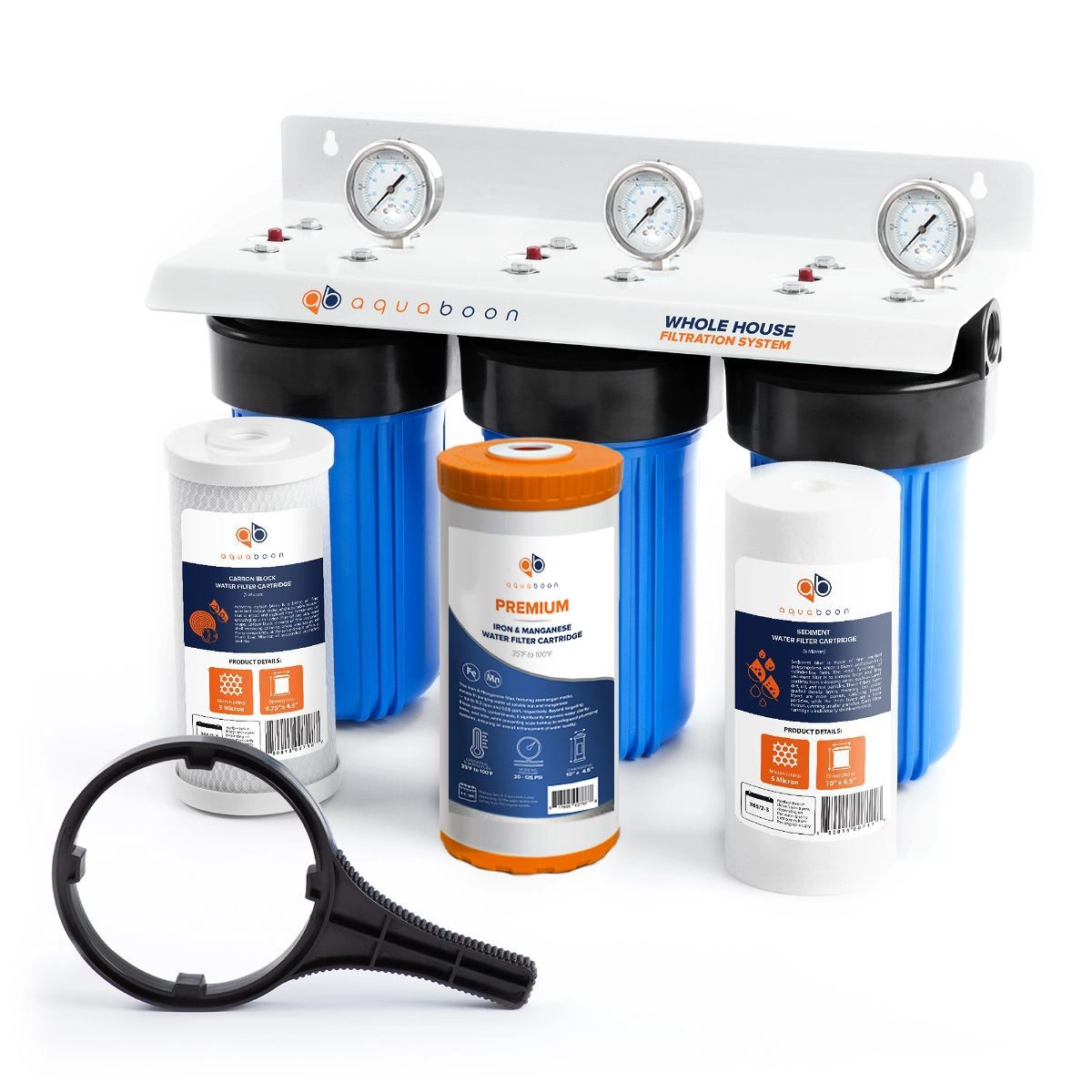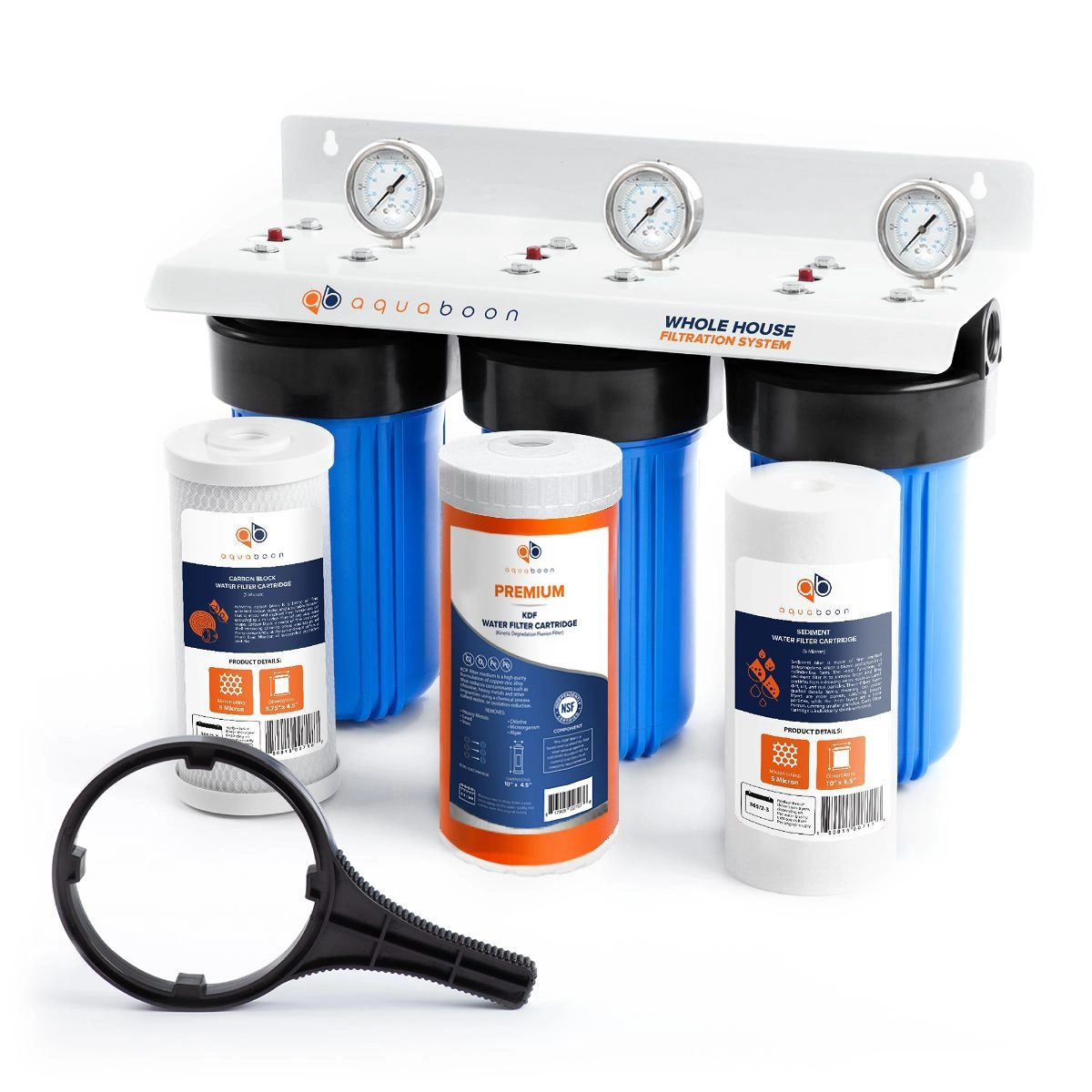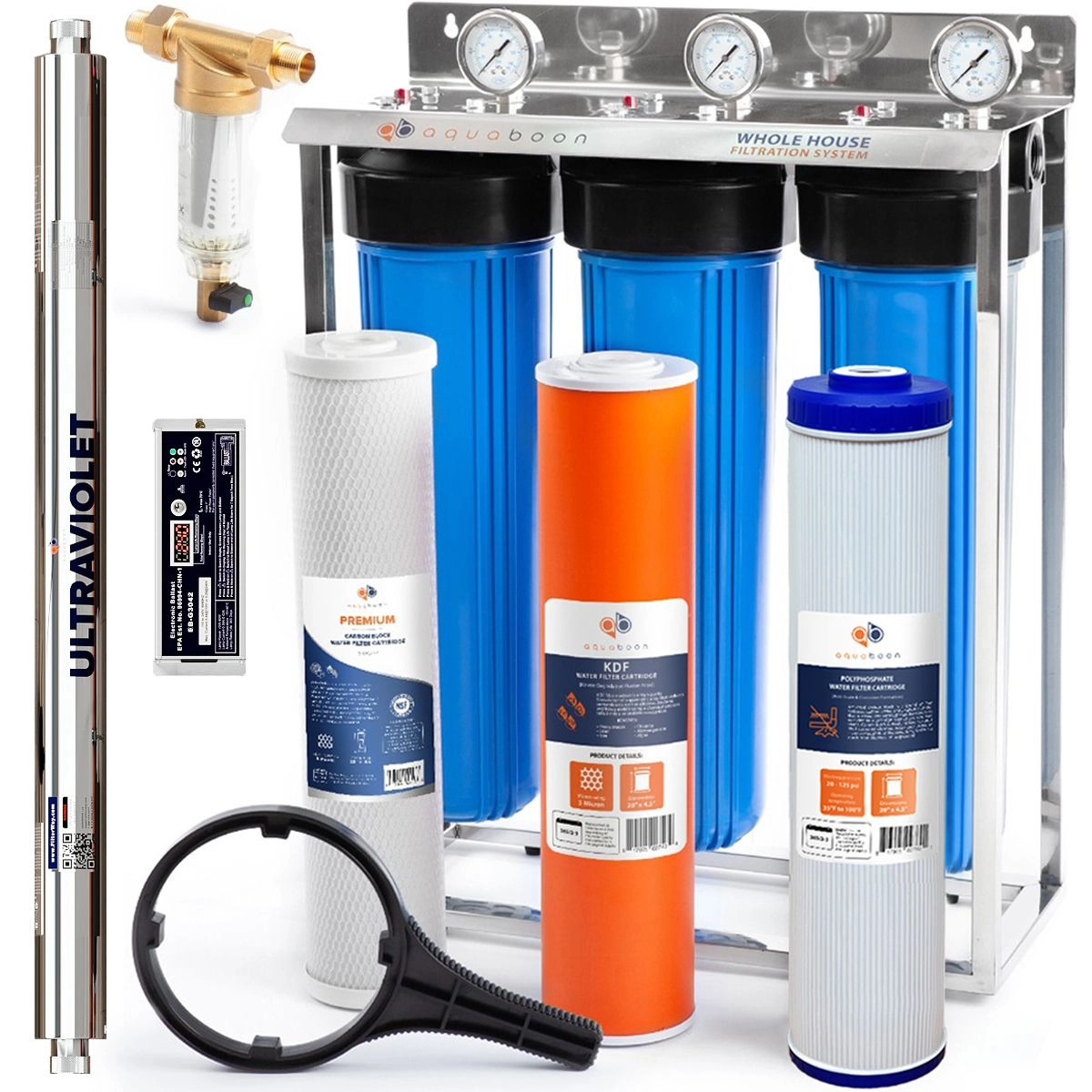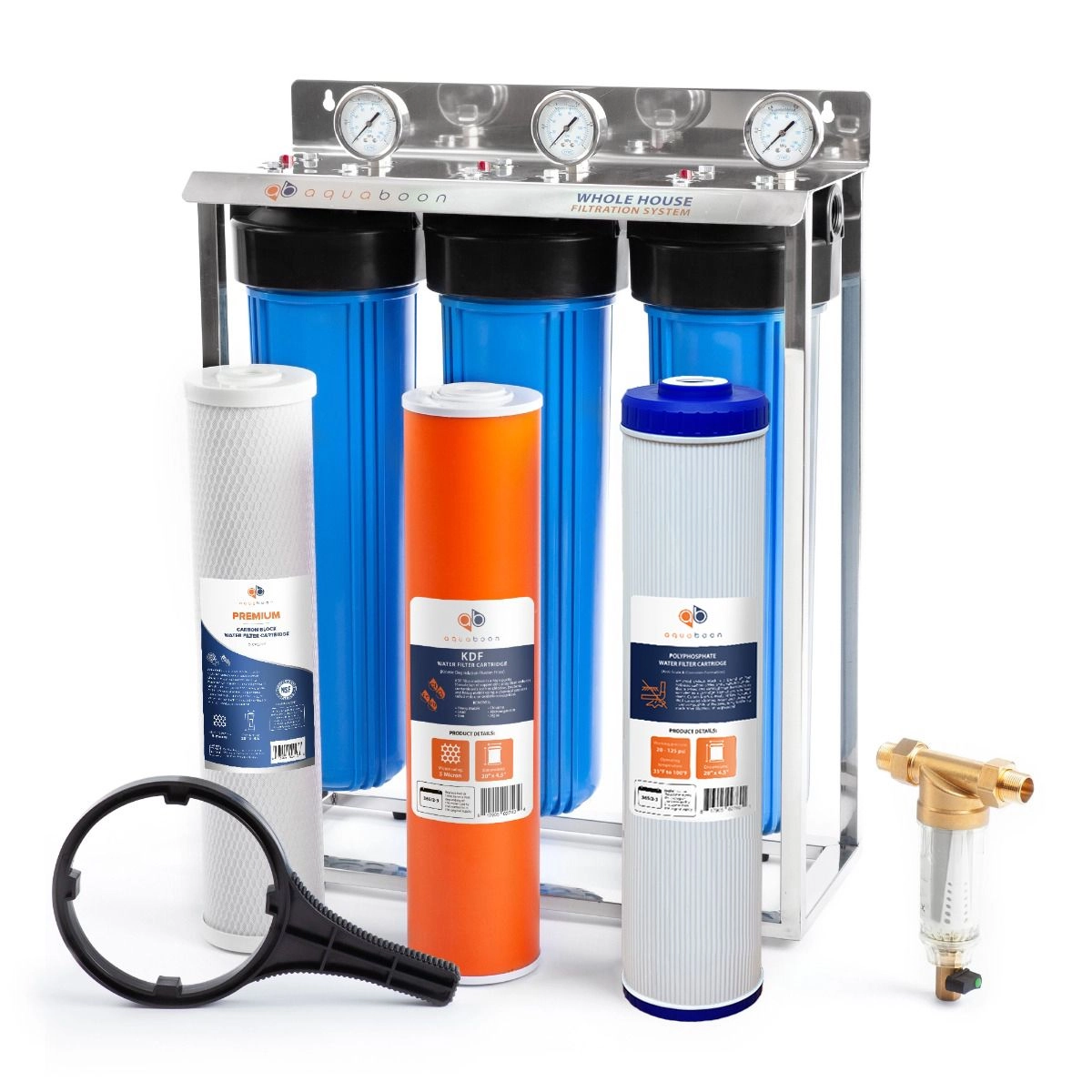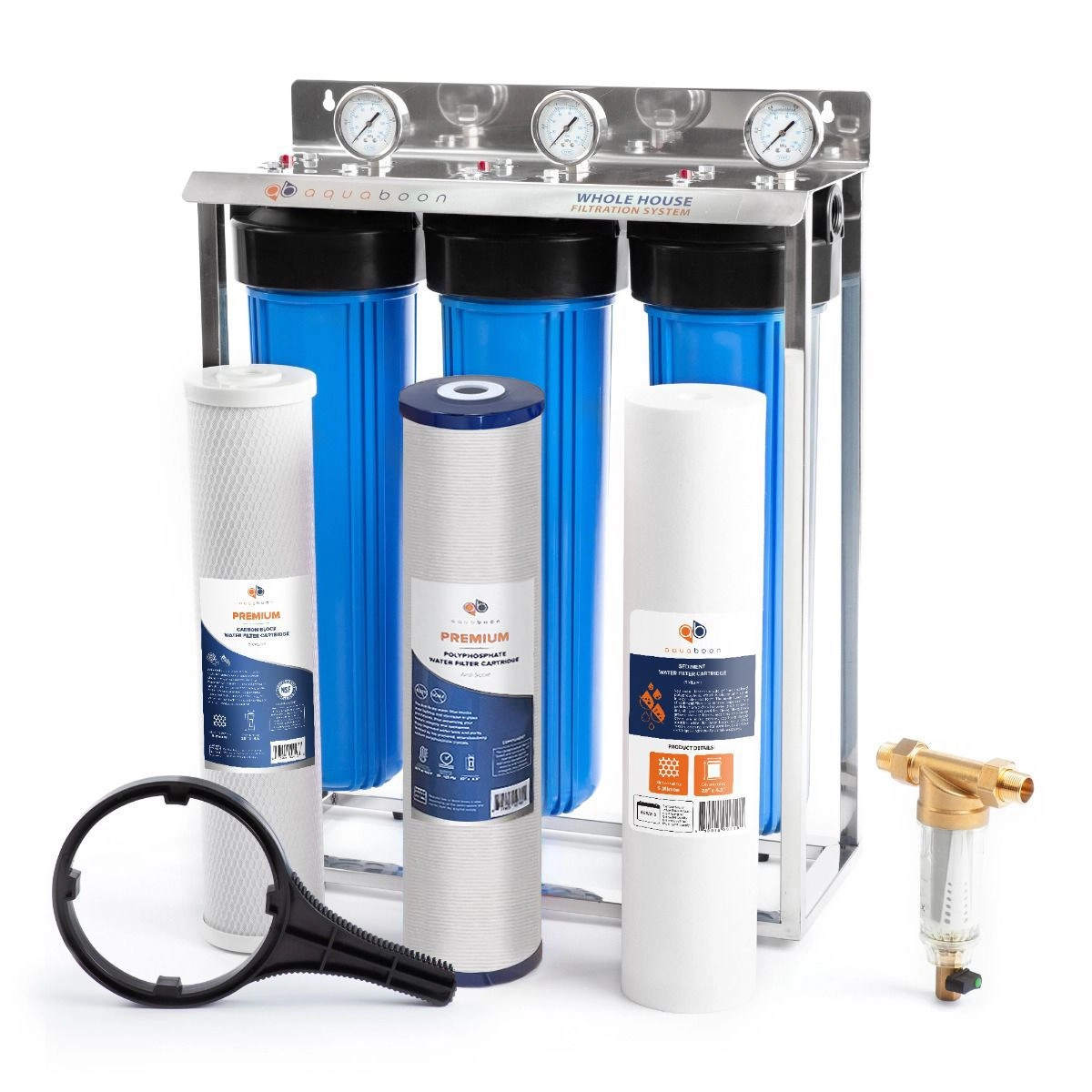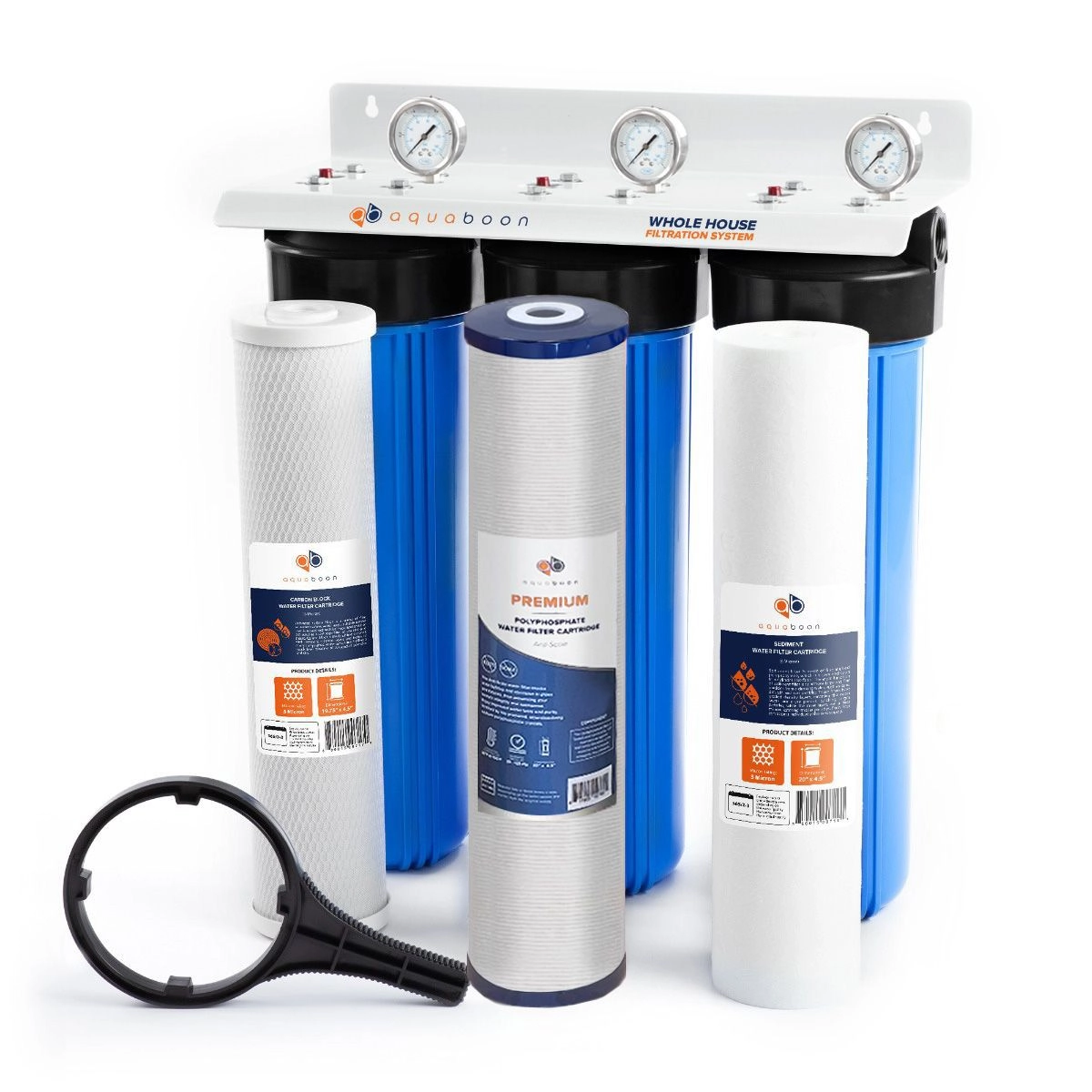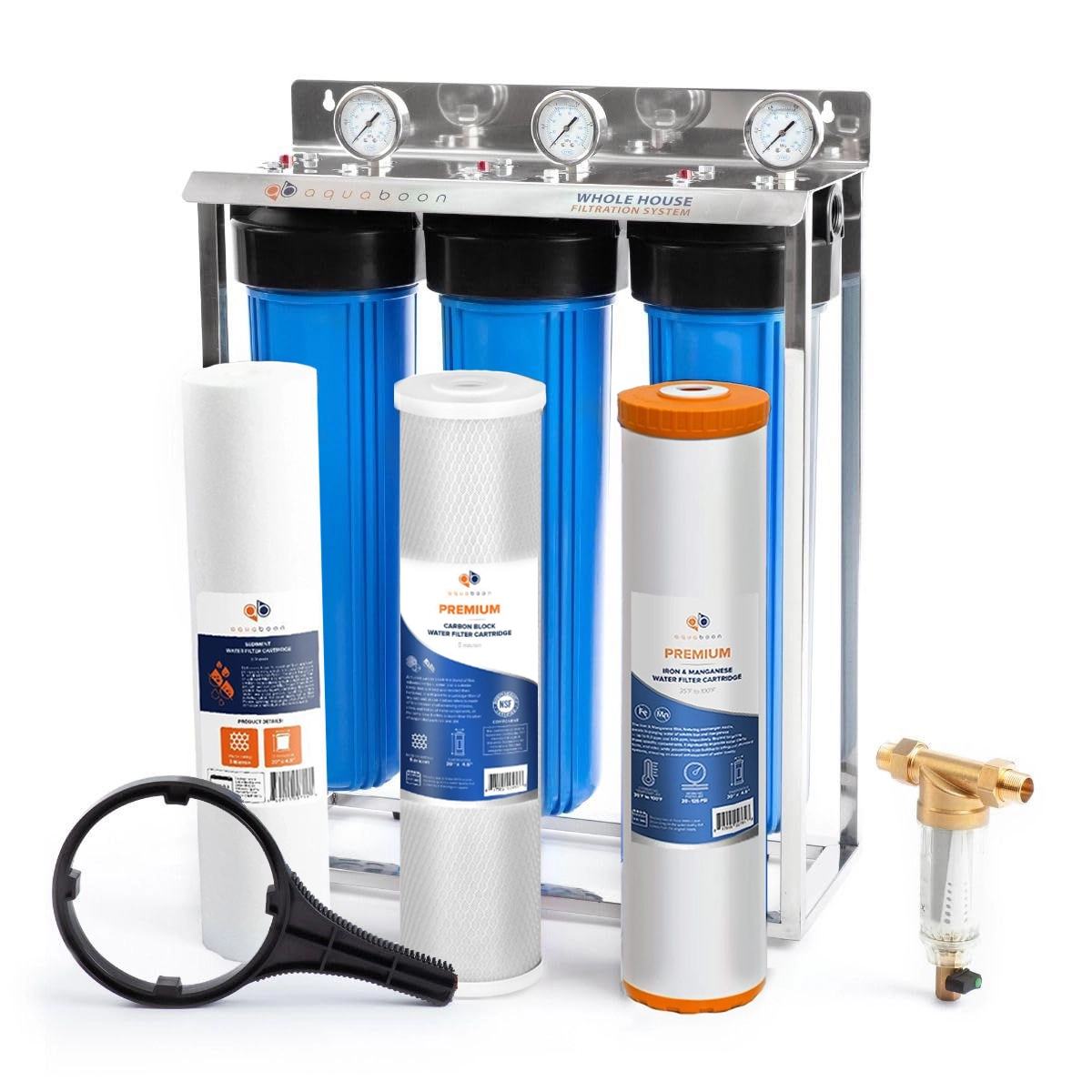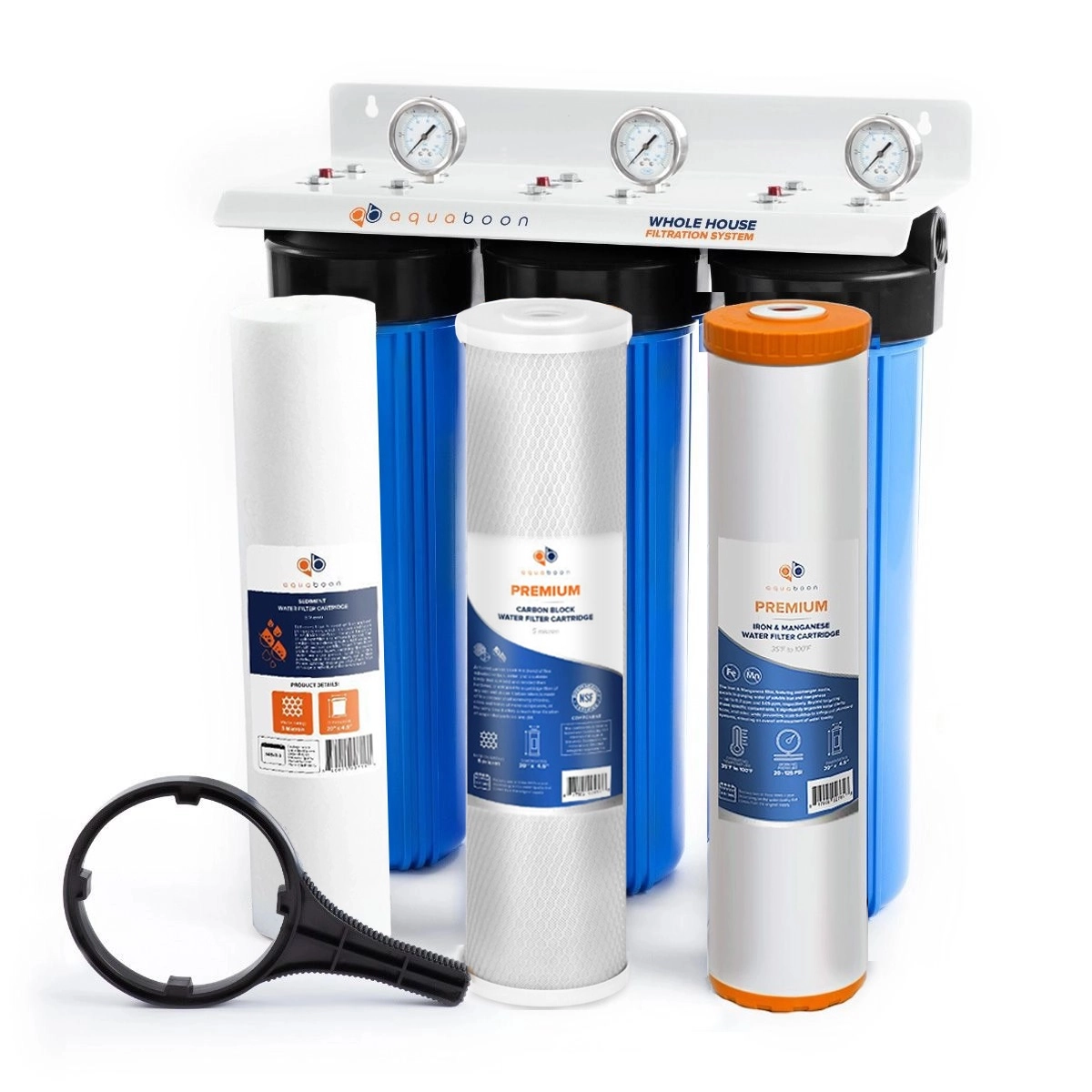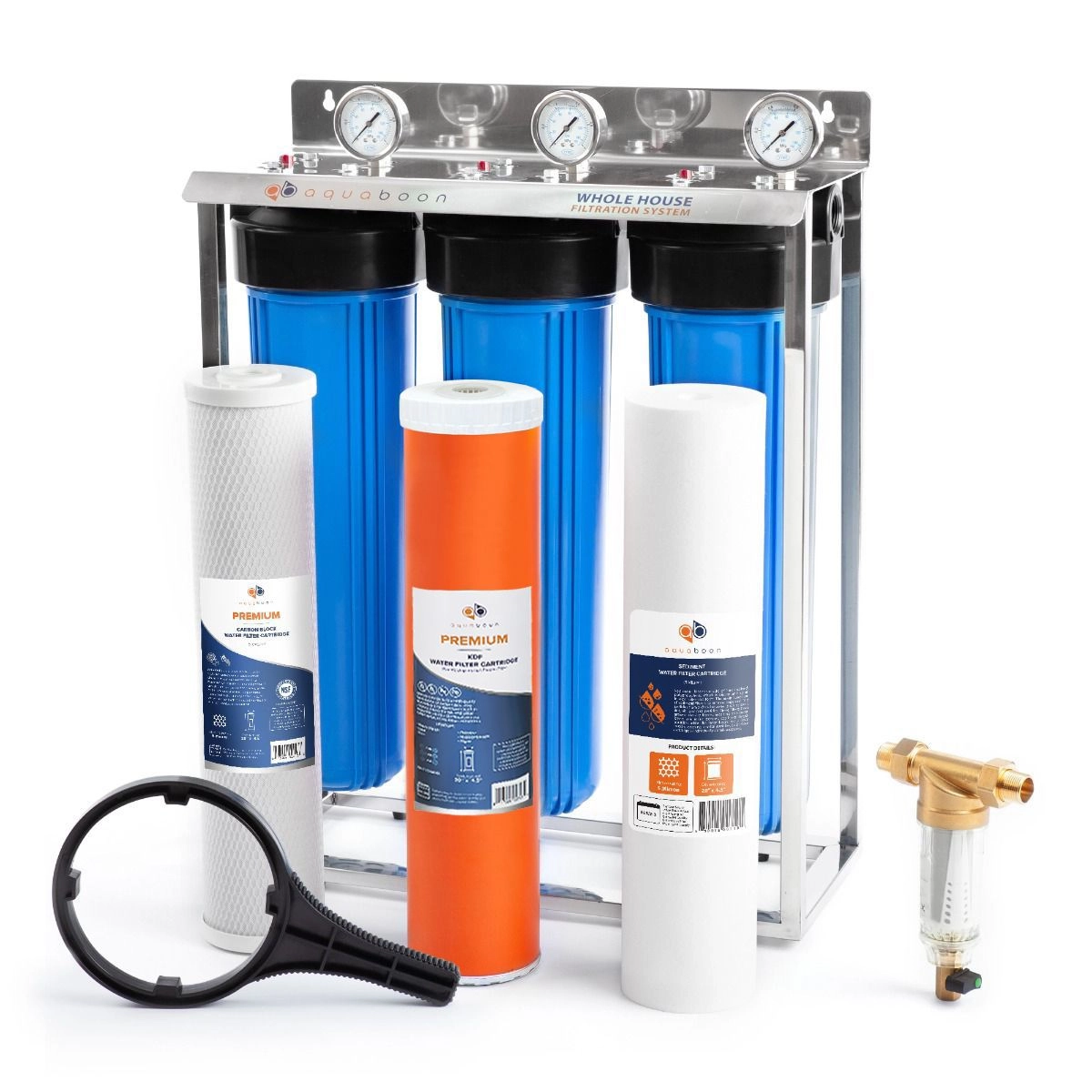With the majority of the U.S. population, nearly 270 million people, depending on municipal water suppliers for their daily water needs, it's concerning to note that contaminants like lead, chlorine, and microbial pathogens can still infiltrate our tap water. This startling fact highlights the urgency of the global H2O crisis and accentuates the importance of efficient filtration systems for our health’s sake.
The good news: there is a vast array of filtration options available. Two of the most debated systems are the whole house water filters and reverse osmosis membranes. In the following sections, we’ll delve into a comprehensive analysis of the whole house water filter vs reverse osmosis debate. We will encompass filtration requirements, installation, maintenance, and even budget considerations for filtration, all aimed at guiding you to a decision that aligns with your unique requirements.
Understanding the Basics of Water Filtration System
To ensure that you are getting clean water of the highest quality, it’s essential first to understand the whole house water filtration systems.
What is a Whole House Water Filtration System?
A Whole house water filtration system is a comprehensive treatment solution that purifies and filters the H2O entering your home. It addresses the contamination concern by ensuring sediments, volatile organic compounds (VOCs), chlorine and chloramine removal for safer and healthier consumption throughout the house.
What is Reverse Osmosis?
Reverse Osmosis is a cutting-edge method that filters microscopic water source contaminants, including dissolved minerals, bacteria, heavy metals in tap water and other water contaminants. These systems employ a semi-permeable membrane for reverse Osmosis to selectively allow molecules to pass while barring pollutants, ensuring the output is purified water.
Comparing Whole House and Reverse Osmosis Systems
Let’s see the distinctions between whole house and reverse osmosis home water systems to inform your decision-making process.
Filtration Technology
Whole House Systems offer broad-spectrum filtration, designed to filter out a wide range of contaminants from entering your supply. They typically make use of sediment filters, activated carbon filters and in cases UV purifiers. The primary objective of these systems is to ensure that every drop of H2O used in the household, whether for drinking, cooking, or bathing, is cleaner and safer.
On the other hand, Reverse Osmosis (RO) Systems employ a more selective filtration technique. They utilize a semi-permeable membrane to meticulously filter out specific contaminants, such as heavy metals, salts, and certain chemicals. Renowned for delivering exceptionally pure water, RO systems are often the go-to choice for households prioritizing purity for drinking and cooking.
Reverse Osmosis is often confused with Osmosis and filtration, so let’s first clear the Osmosis vs reverse osmosis debate. Osmosis is a natural process where H2O flows across a semipermeable membrane from areas of lower solute concentration to higher solute concentration. In contrast, Reverse Osmosis involves applied pressure to counteract osmotic pressure, enabling the removal of even smaller particles, ions, and microorganisms in water.
And what's the difference between reverse Osmosis vs filtration?
While filtration separates materials like sand or charcoal to physically strain out impurities, RO, through a semipermeable membrane, ensures the exclusion of even the most minuscule contaminants, providing cleaner and safer H2O for consumption.
System Size and Placement
The efficiency of a filtration system is closely linked to its size, water flow rate, and ability to remove contaminants. Whole House Systems, being typically larger units, have a more extensive filtration process that necessitates a bigger design.
To ensure that all incoming H2O is treated with the whole house 20 inch systems or whole house 10 inch systems, they are commonly installed at the point-of-entry. While Whole-house 20-inch filters offer higher flow rates and prolonged filter lifespans, ideal for larger households or commercial spaces, the more compact whole house 10-inch filters may require more frequent filter replacements and are better suited for smaller consumption scenarios.
In contrast, Reverse Osmosis Systems are characterized by their compact design. These systems are specifically tailored to purify H2O for drinking and cooking, so they're often installed under kitchen sinks or in adjacent cabinets. Their smaller setups mean they can comfortably fit in tighter spaces, making them ideal for apartments or homes with limited utility or storage areas.
In terms of water filtration installation, whole house systems are best placed at the point of entry into your property, ensuring all outlets receive treated water. In contrast, reverse osmosis systems typically reside at the point of use, such as under the kitchen sink. This strategic placement guarantees targeted filtration for consumption and culinary purposes.



